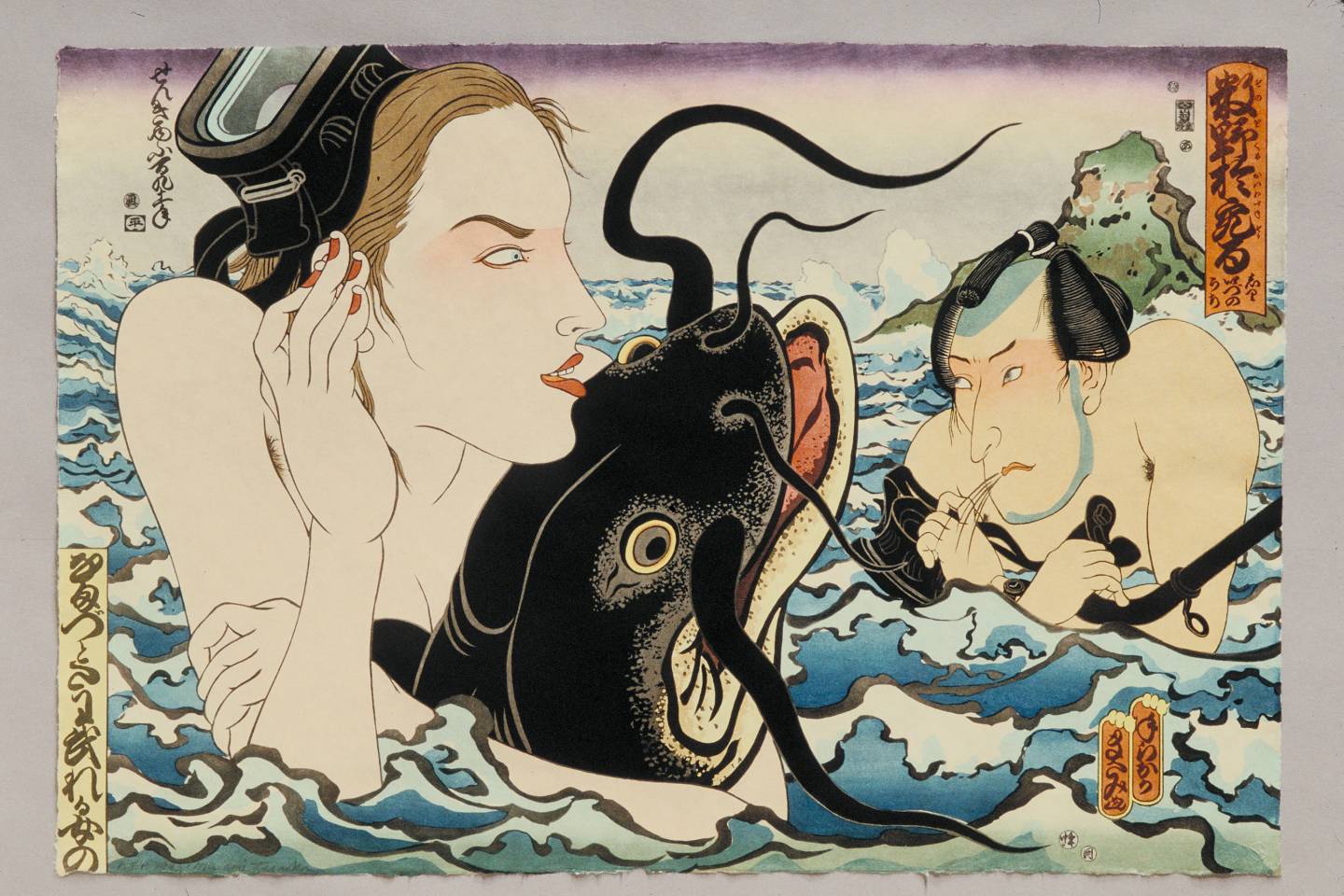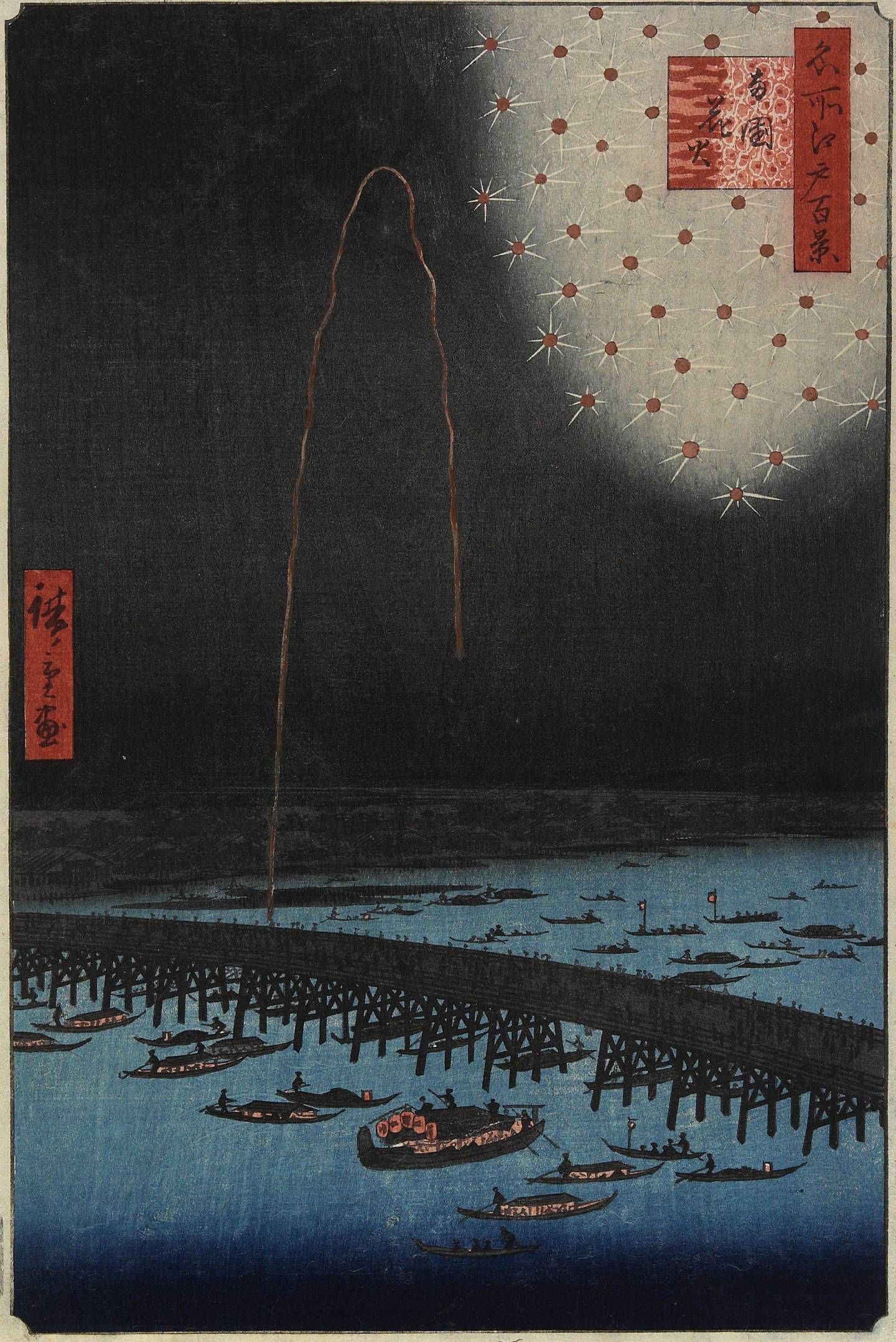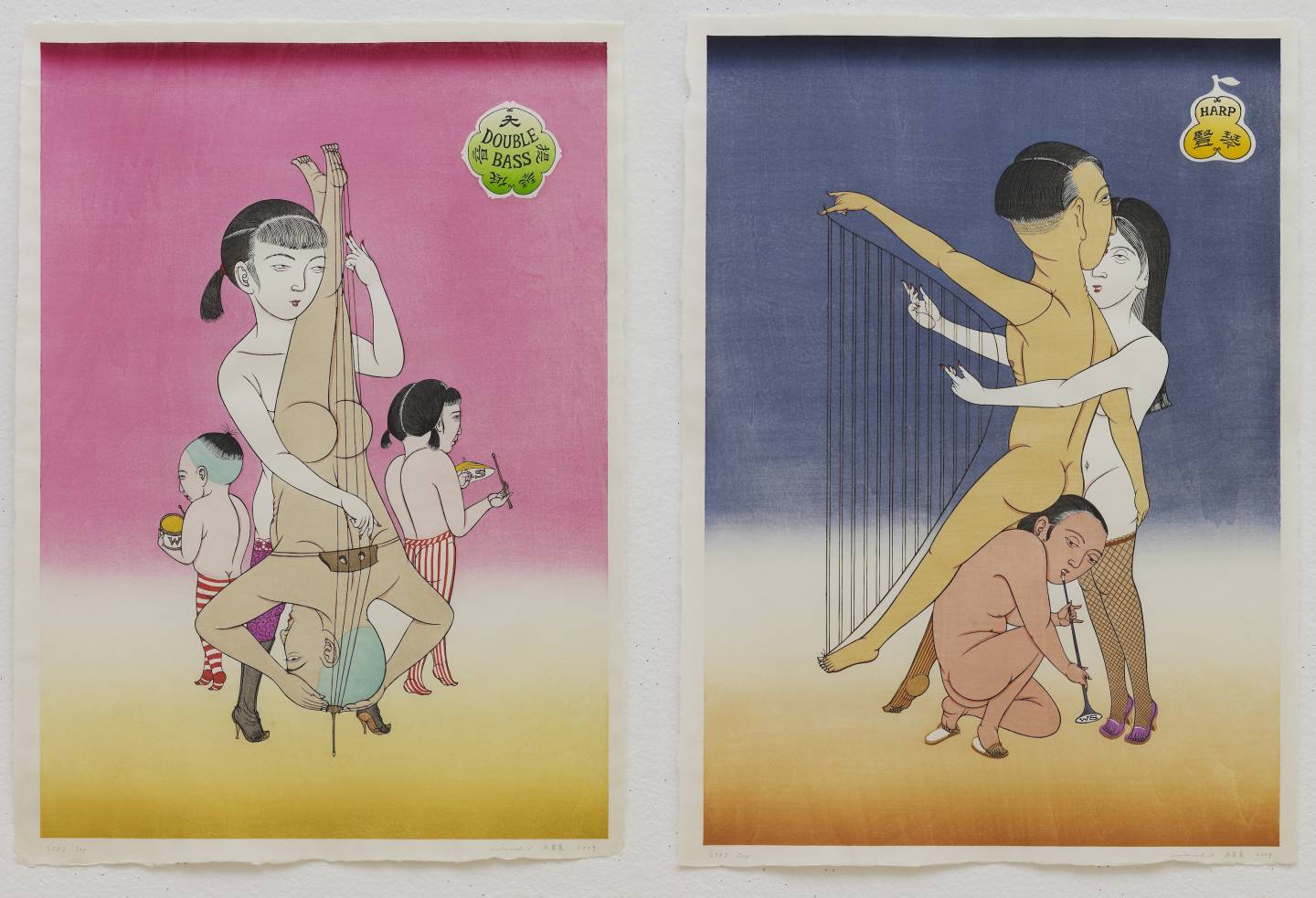STPI Annual Special Exhibition: Edo Pop: The Graphic Impact of Japanese Prints
12 July - 13 September 2014
STPI is proud to present “Edo Pop: The Graphic Impact of Japanese Prints” which reveals the powerful allure of ukiyo-e prints from Edo Japan (1615-1868) and ukiyo-e inspired works in today’s globalised world. This specially curated exhibition of over 60 works from the Minneapolis Institute of Arts (MIA), Singapore Art Museum and STPI brings a kaleidoscopic view of Japan’s influence on popular culture then and now. Showing for the first time in Southeast Asia, this exhibition continues STPI’s commitment to bring world-class art collections celebrating the art of print and paper, to audiences in Singapore.
Ukiyo-e (‘ukiyo’–floating world, ‘e’–pictures) is a popular art form of woodblock prints and paintings that reflect the daily life and common interests of people in Edo and major cities in Japan. Presented in five main themes: ‘Sightseeing & Travel’, ‘Pleasure & Pastimes’, ‘Kabuki’, ‘Beautiful Women’ and ‘Edo Pop Redux’, this exhibition provides insights into the vibrant culture of Edo society populated by samurais, geishas and kabuki theater actors.
Highlights include works by ukiyo-e masters Katsushika Hokusai, Utagawa Hiroshige and Kitagawa Utamaro, whose everlasting influence are demonstrated in the contemporary works of art by Japanese-American artist Masami Teraoka and Hong Kong artist Wilson Shieh – STPI editions produced in collaboration with ukiyo-e master woodblock carver Shoichi Kitamura from Kyoto Japan.
Ukiyo-e aesthetic is defined by fluid yet distinct outlines, bold areas of clear colour, off-centre subjects and dramatic cropping, and continues to be a vital artistic influence. It became an important source of inspiration to many famous European painters such as Vincent van Gogh, Edgar Degas, Henri de Toulouse-Lautrec, Edouard Manet and Claude Monet whose art captured the culture of leisure of 19th century Paris.





